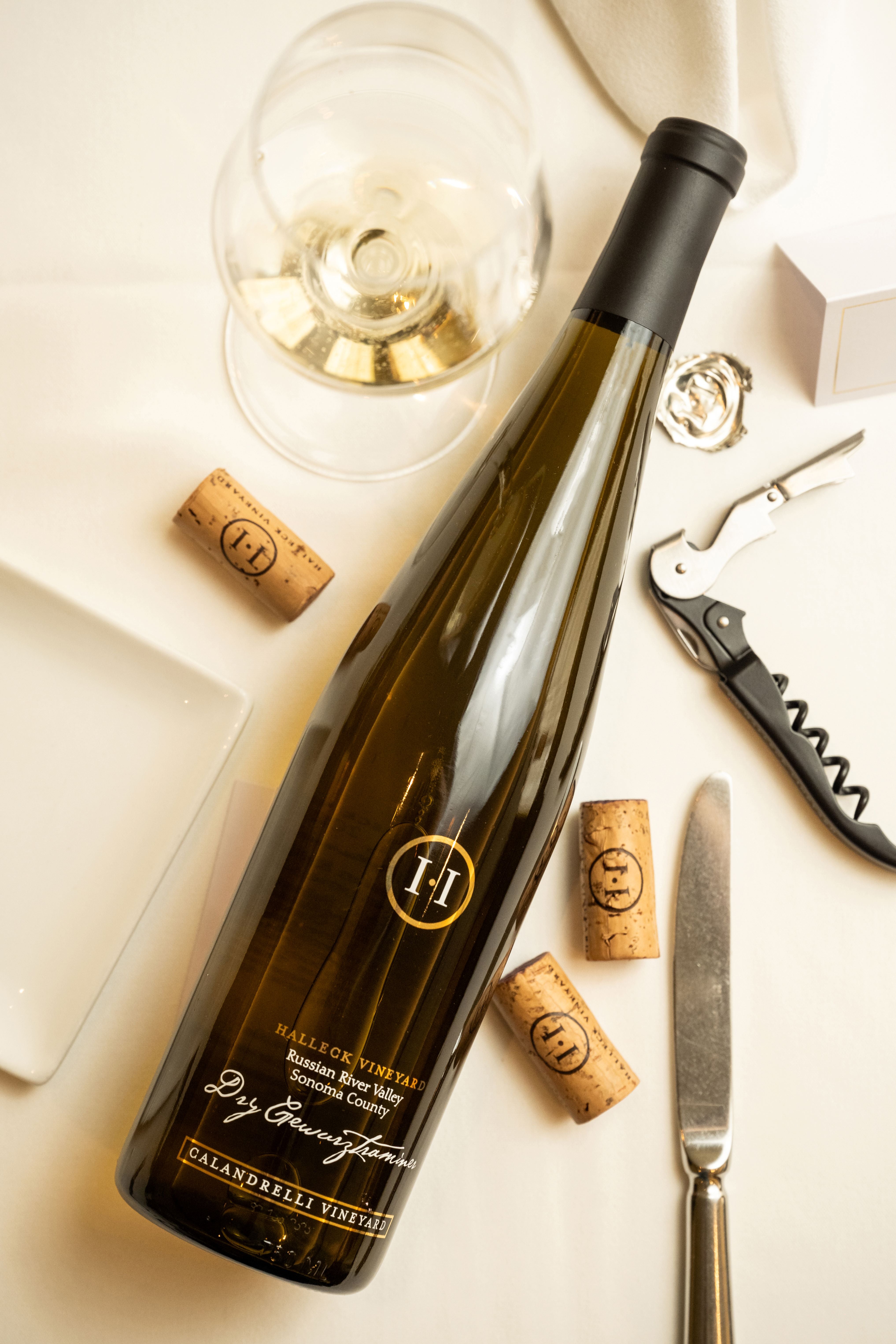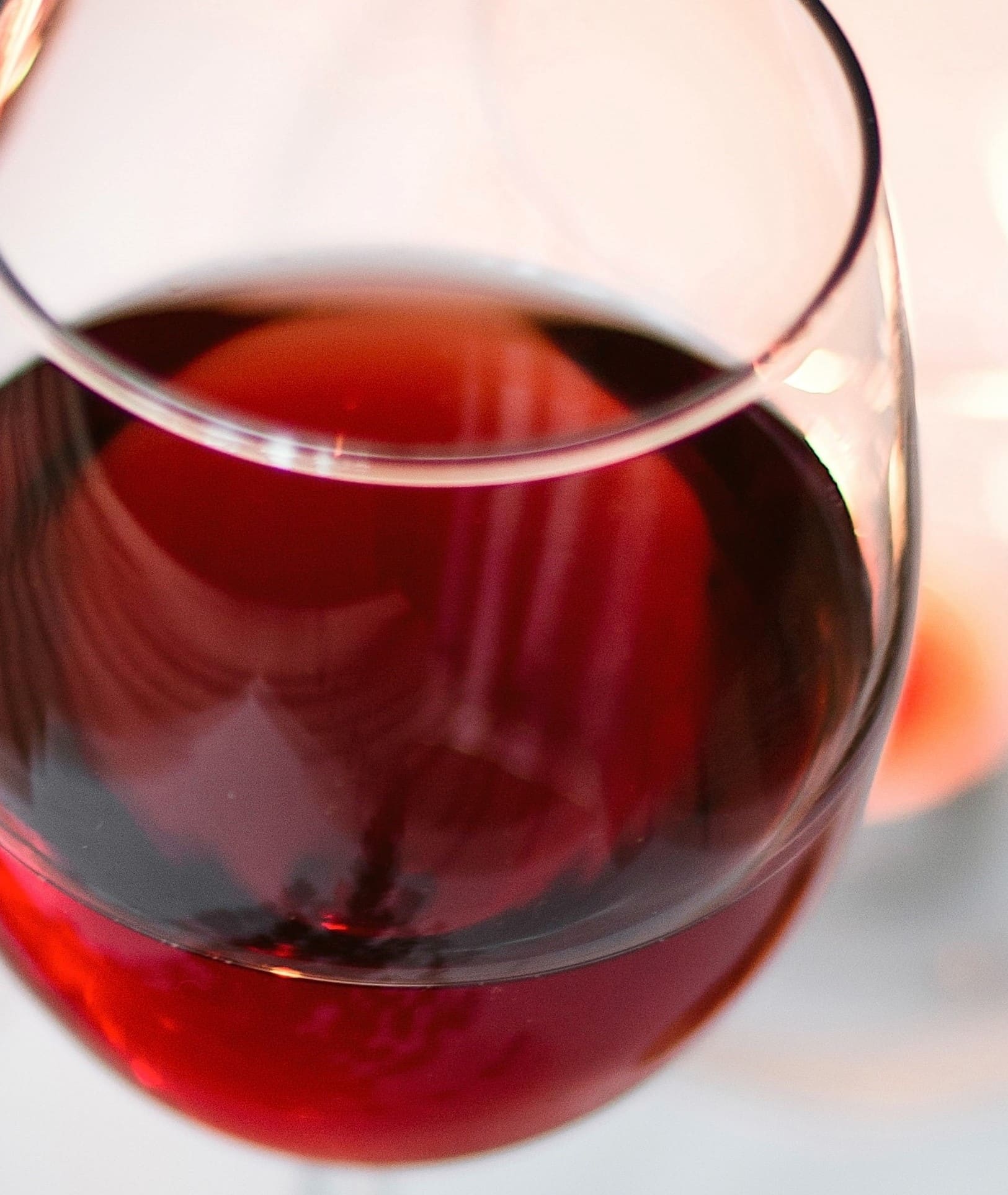Vintage Wine Tasting Experiences In Sebastopol - Wineries In The Sebastopol Region
Vintage Wine Tasting Experiences In Sebastopol - Wineries In The Sebastopol Region
Blog Article
Wineries Featuring Vineyard Tours - Sonoma Wine Tastings
Wine tasting is an art that mixes sensory experience with an appreciation for the nuances of different varietals. How to gauge flavors in winery wine tasting sessions is pivotal to greedy the complexities of wine.
Participating in a wine tasting entails more than simply sipping and savoring. It requires a targeted approach to identify aromas and flavors that each wine presents. As you start, observe the wine's appearance, noting its colour and readability. These visible cues usually counsel a wine’s age, grape variety, and even potential flavor profiles.
The next step in the tasting process is to swirl the wine in your glass. This action releases fragrant compounds that are vital for analysis. Lean in and take a second to inhale deeply; the aromas can range from floral and fruity to spicy and earthy. The nostril of the wine is simply as necessary as the palate, and recognizing scents performs a significant role in understanding the general experience.
When taking your first sip, allow the wine to move across your palate - Eco-Friendly Wineries In Sonoma County. Discover the initial flavors that present themselves. Is the wine fruity, floral, or perhaps herbaceous? This preliminary taste provides insight into what the wine is prone to categorical as you continue to evaluate it. The mouthfeel additionally contributes to the overall flavor experience; it could be silky, tannic, and even effervescent.
Wineries Providing Guided Vineyard Walks - Sonoma's Hidden Winery Gems
As you continue tasting, take note of the wine’s stability. A well-balanced wine will harmonize acidity, sweetness, and tannins. If one part overwhelms the others, it might indicate a much less fascinating high quality. Evaluating balance may help you establish how well the wine would possibly pair with food.
Transitioning to the finish, consider how the flavors evolve as the wine lingers on your palate. A long, pleasant finish can point out a high-quality wine, whereas a brief or abrupt end may recommend in any other case. Replicate on whether or not the flavors stay consistent or if new notes emerge as the wine settles. This progression can reveal complexities and intricacies that might not have been apparent in the preliminary tasting.
Temperature can be a crucial consider evaluating wine flavors. Different kinds of wine are optimally enjoyed at particular temperatures. White wines often shine when chilled, while pink wines generally carry out finest at room temperature. When tasting, make positive the wine is on the acceptable temperature to totally appreciate its character.
Wineries That Offer Food Trucks On Weekends - Sonoma Wine Retreats
Pairing food with wine can greatly enhance the tasting experience. Meals can influence the perception of flavors in wine, both highlighting sure traits or diminishing them. When evaluating flavors, consider how the wine interacts with completely different foods, noticing which flavors are amplified or muted (Wineries With A Focus On Syrah).

Contemplate the affect of terroir as you engage in a winery tasting. Terroir encompasses the distinctive environmental elements that have an effect on grape rising, including soil composition, local weather, and geography. Understanding a wine's terroir can present insight into its flavors and aromas, fostering a deeper appreciation for the alternatives made throughout its cultivation and manufacturing.
Education plays a fundamental position in enhancing one's ability to gauge wine flavors. Studying about grape varieties, wine areas, and manufacturing methods can pave the finest way for extra informed judgments during tastings. Moreover, attending workshops or classes can refine sensory skills and increase your flavor vocabulary, enabling you to articulate tasting notes extra successfully.

Lastly, it's important to keep in mind that evaluating wine flavors is a highly personal experience. Individual preferences and perceptions will invariably shape one’s tasting journey. Enjoyment should be at the forefront, with the evaluation process acting as a tool to enhance understanding and appreciation rather than create rigid guidelines.
Wineries That Offer Barrel Tastings - Exploring Sonoma's Wine Landscape
In conclusion, mastering the way to consider flavors in winery wine tasting classes involves a combination of sensory engagement, information, and practice. By studying to identify aromas, assess the steadiness, and appreciate the intricacies of flavor, wine enthusiasts can deepen their connection to each bottle they encounter. As with any art type, the more one immerses themselves within the experience, the extra they will discover and enjoy the vast world of wine.
- Begin by observing the wine's colour and readability, as these visible components can trace at its flavor profile and getting older potential.
- Swirl the wine gently in your glass; this releases fragrant compounds, allowing you to raised determine the complicated scents related to the wine.
- Take a deep inhale earlier than tasting, specializing in each main and secondary aromas to collect insights on fruits, spices, and different nuances.
- When tasting, permit the wine to coat your palate; note the preliminary flavors, the mid-palate complexity, and the finish as these levels can present totally different flavor highlights.
- Pay consideration to texture and mouthfeel, as aspects such as tannin levels, acidity, and sweetness contribute significantly to the overall tasting experience.
- Examine flavors in opposition to commonplace wine characteristics; for pink wines, consider berry notes, oak influence, and herbal tones, while whites may include citrus, stone fruits, and floral hints.
- Take notes during the tasting session to trace your impressions, helping you to remember and consider the totally different wines sampled.
- Talk About your findings with fellow tasters or winery employees, as sharing insights can enhance understanding and appreciation of individual flavors.
- Enable time for the wine to breathe; generally, flavors evolve and reveal new dimensions after being exposed to air.
- Experiment with food pairings through the tasting as they can dramatically alter how flavors are perceived, influencing total enjoyment.undefinedWhat ought to I look for when evaluating the aroma of wine during a tasting?
Start by swirling the wine in your glass to launch its aromas. Deliver the glass to your nose and take a deep breath. Pay attention to the primary scents you detect, as these are sometimes probably the most outstanding. Look for fruit, floral, herbal, or earthy notes and attempt to determine specific traits, which can deepen your understanding of the wine's complexity.
Cultural Wine Experiences In Sonoma County - Luxury Wine Tasting In Sonoma County
How can I distinguish between completely different flavor profiles in wine?
Understand that flavor profiles are sometimes categorized as fruit, floral, herbaceous, spicy, or mineral. Take small sips and allow the wine to coat your palate. Notice the first flavors that emerge first and the subtle notes that observe. This layering is important in distinguishing the wine's traits and will allow you to respect its unique profile.
Small Batch Wineries In Sonoma Valley - Sonoma's Premier Wine Tasting Events
What is the importance of the wine's texture in a tasting?
The texture of the wine, also known as mouthfeel, performs a crucial position in how we understand flavors. Pay attention as to whether the wine feels smooth, creamy, or gritty. check over here The body of the wine (light, medium, or full) can improve or contrast with flavors, providing a extra rounded experience during tasting.
How do I assess the stability of flavors in wine?
Steadiness in wine refers back to the harmony between acidity, sweetness, tannin, and alcohol. Take a second to assess whether these parts complement or intervene with one another. A well-balanced wine will have none of its elements overpowering the others, creating a pleasant tasting experience.
Affordable Wine Tastings In Sonoma County - Sonoma Vineyard Tours
What role does temperature play in evaluating wine flavors?
Temperature can considerably impact the notion of flavors. Typically, pink wines are best served barely under room temperature, while white wines get pleasure from being chilled. As the temperature changes, the aromas and flavors can shift, permitting you to perceive totally different traits. It’s essential to style wine at its optimal temperature for true evaluation.
Vineyard Tours With Guided Tastings In Sonoma - Sonoma Wine Tasting Tour
How can I improve my tasting skills over time?
Practice is essential to improving your tasting skills. Wineries Offering Private Events. Attend tastings, keep a journal of your experiences, and explore several types of wines to broaden your palate. Moreover, learning about wine production and grape varieties can present context that enhances your evaluation process, making you a extra knowledgeable taster.
Is there a specific order by which I ought to taste the wines?
Wineries In Sebastopol - Celebrated Wineries Around Sebastopol
Sure, it’s advisable to taste wines from light to full-bodied and dry to sweet. This development prevents the stronger flavors from overshadowing the extra delicate ones, allowing you to completely recognize every wine's characteristics and nuances without palate fatigue.
Caldera+Knives,10655+Barnett+Valley+Road,+Sebastopol
How can I consider the aftertaste of wine?
Sonoma's Top Sparkling Wine Producers - Sonoma Wine Tastings
The aftertaste, or finish, is an important aspect of the wine-tasting experience. After swallowing, pay attention to how lengthy the flavors linger in your palate and whether they change. A long, pleasant end is commonly an indicator of a high-quality wine, while a short or unpleasant end might recommend otherwise.
Why is it important to notice the wine’s acidity throughout tasting?
Acidity contributes to the overall freshness and structure of the wine. Pay consideration to the tingling sensation in your tongue; greater acidity can enhance the wine's liveliness and steadiness out sweetness. Noting acidity helps decide the wine's versatility with food and its growing older why not try these out potential.
What should I do if I battle to determine specific flavors in wine?
Wineries Near Sonoma Square - The Beauty Of Sebastopol Wineries
Struggling to identify flavors is frequent, particularly for novices. Focus on broader classes and describe what you probably can recognize, such as sweet or earthy notes. With practice, studying about completely different flavor profiles, and maybe utilizing flavor wheels, you will refine your senses and develop a more nuanced approach to tasting. Report this page